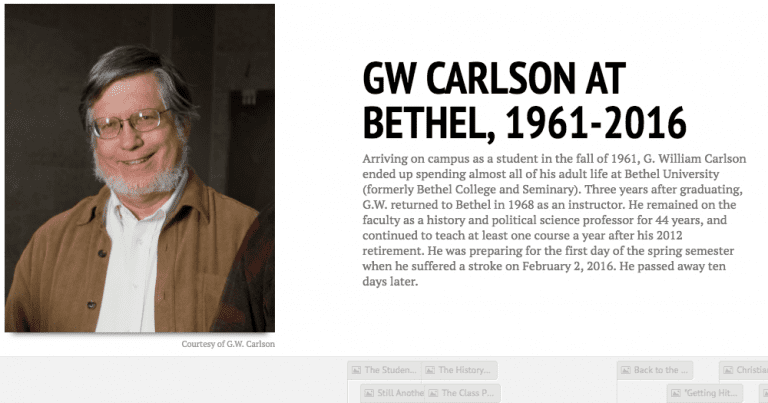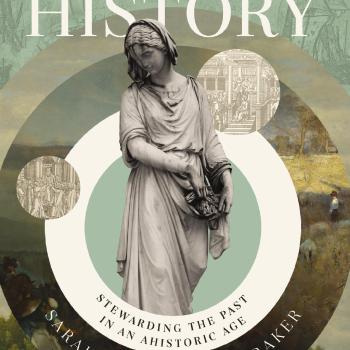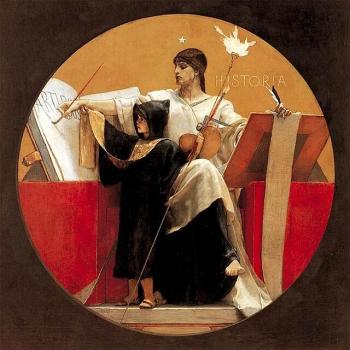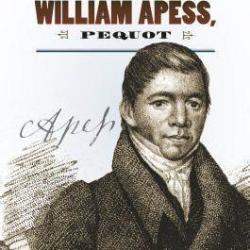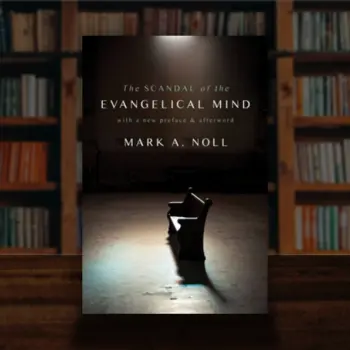It’s been a hard last three years for our faculty. In August 2015 music professor Lynda Bradley-Vacco lost her battle with cancer, as did political scientist Stacey Hunter Hecht that December. That next February my mentor G.W. Carlson died of a stroke; he had been retired for a few years, but was scheduled to start teaching a course on political philosophy just minutes before I got the call from his wife. Throughout all of this, neuroscientist Adam Johnson continue to research and teach despite a terminal diagnosis that finally cost him his life earlier this month. I knew Adam much better than Lynda, and GW and Stacey much better than Adam, but individually and collectively, their deaths have taken a toll.
Now, historians deal with death all the time. At least in a figurative sense, I stand by gravesides most of the time I teach classes, write articles and blog posts, and otherwise interpret the past with and for other people. Not just for social and cultural historian Beth Barton Schweiger, but for me and most others in our guild, “To write history, is… to make a relationship with the dead” (Confessing History, p. 61). We stand, like the poet Thomas Gray in his country church yard, where “all the air a solemn stillness holds” and the “rude forefathers of the hamlet sleep.”
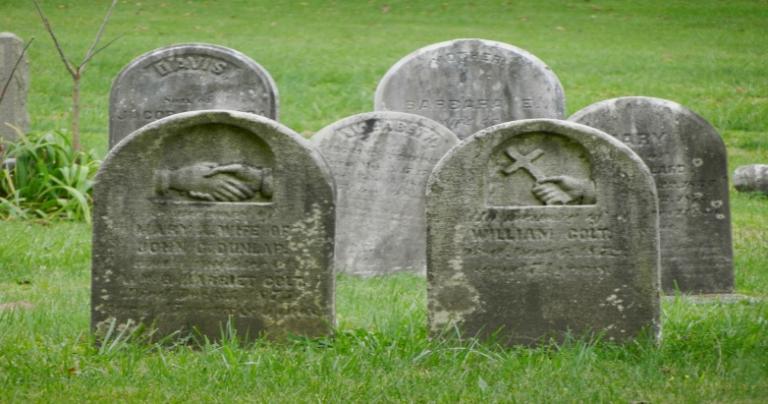
Usually, Schweiger notes, these neighbors in the past are not people whom we know personally. But having been prompted to write eulogies for GW, Stacey, and now Adam, I’ve had to speak a bit nearer to literal gravesides, about the lives of people with whom I already had relationships. And that experience has profoundly influenced my understanding of my vocation as a historian.
History is Tragedy
Most basically, it has reminded me that, to a significant extent, history is tragedy. To study mortals is to study incomplete lives. So history is full of beginnings without endings: unfinished projects, unrealized aspirations, deeds undone and words unsaid. Every story we tell has been cut short.
But I think the historian’s emotions tend to be more complicated than mere sadness. The stories we tell are often driven by miscalculation and unintended consequences, hubris and hamartia, so we narrate them with some degree of regret and disappointment. Perhaps even futility, knowing that we can do what we do to the very best of our ability and still not change what has happened. (And perhaps not prevent it from happening again.)
History is Criticism — and Criticism is Appreciation
All this helps me understand why the disciplined study of the past tends to enhance critical thinking skills. Dealing as they do with inherently flawed subjects, students of history quickly learn to unearth hidden assumptions, to detect discrepancies and contradictions, to deconstruct truth-claims…
But we run the risk of acting like the critics ridiculed by novelist Irwin Shaw: “…made by their dislikes, not by their enthusiasms.” We can forget that to think critically is also to appreciate.
Like all of us, my colleagues fell short — and evaluated themselves more harshly than any historian ever would. But to revisit my memories of them was to love them again. To more deeply understood their worth and to admire what they had done in service of God, knowing that no such labor is truly in vain.
“Now, eulogizing someone,” I wrote after coming back from Adam’s memorial service at Bethel, “can seem less to shed light than to obscure unpleasant truth…. But ultimately, I think that the purpose of eulogy is not to cover up faults, but to let such incidentals shift to the periphery of our gaze — and let the essentials of a life come into focus.”
History Builds Community
My pastor once told me that he always takes lots of time before a funeral to meet with family and friends. Not so much to console and counsel, but to be the listener whose questions invite mourning to turn to remembering.
In a similar fashion, I’ve observed that asking historical questions about my colleagues has prompted not only personal, but collective remembering. Doing something as simple, for example, as building a digital timeline of GW’s nearly five decades at Bethel, for example, encouraged faculty colleagues, former students, and others to share their own stories.
That certainly has implications for the role of historians within institutions. But even if we’re not writing or speaking about friends for friends, I think there’s a degree to which the work of history is meant to build communities — to help people who share a common present and future look back at their common past. And so historians help communities as small as colleges and as large as nations to grieve what’s incomplete and to lament what went awry, but also to appreciate that for which they should be grateful.
History Lets Us Practice Resurrection
All that is appropriate, even redemptive. But if we follow Jesus Christ, then historians like me are doing something more active than standing by gravesides.
We are getting in the way of death and practicing resurrection.
Not that history stops people from dying — neither its subjects nor its practitioners — but it resists the power of death. For if Paul is right that death is the “last enemy to be destroyed,” then death is more than an event: it is an active force, one among the rulers, authorities, and powers that oppose God. Death doesn’t merely snuff out the spark of life; it seeks to strip those made in God’s image of their inherent dignity. Resurrection may bring change “in a moment, in the twinkling of an eye,” but in the meantime, death lingers: slowly, methodically seeking to erase the meaning of mortal existence from our memory.
So if we practice the discipline of history, we act as a counter-force to death. We are not standing passively by the grave, but actively protecting against the decay of forgetting. For not only do we help preserve the evidence the dead leave behind, but we make meaning of lives that death seeks to render meaningless.
In the process, we practice resurrection. (I’m borrowing the phrase from activist Shane Claiborne, whose Simple Way community works to revive urban neighborhoods left for dead. Perhaps he borrowed it from Wendell Berry…)
As historian Tracy McKenzie explains:
Because we cannot observe the past directly, we must puzzle instead over vestiges of that vanished reality, traces that endure in what historians call primary sources… Complicating our task is the reality that these echoes are always woefully incomplete…. What is more, those facts that remain never speak for themselves. They lie silent and inert until the historian breathes life into them and literally resurrects them by fashioning them into a persuasive interpretation” (The First Thanksgiving, p. 26)
I don’t mean to claim too much with that phrase: we are not emptying tombs.
But I also don’t want to claim too little. It is no small thing to breathe life into what remains of the past by teaching, speaking, and writing about it. History is harder than most will ever know; it must be fueled by passion, and compassion. Indeed, such “resurrection” is one of the most common ways that Christian historians fulfill Christ’s command to love our (temporal) neighbors: dedicating our time, energy, and gifts to bringing them — however briefly and figuratively — back to life, in all their messy complexity.
In the process, perhaps we might even bring some life back to our students and ourselves. Long before our physical demise, we suffer the creeping spiritual death of sin. Perhaps history can serve as a means of grace, reviving in us the ability to love God with our minds and to love our neighbors — whether friends and colleagues, or, John Fea has argued, “people who are not like us, perhaps even people who, if we were living at the same time, may have been our enemies.”
Adapted from April 2016 and May 2017 posts at The Pietist Schoolman.


